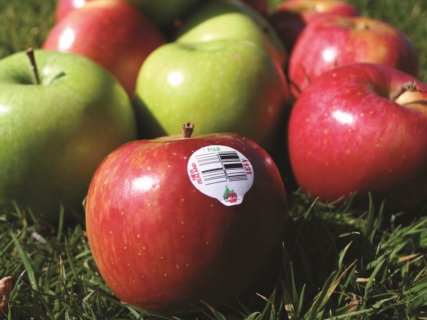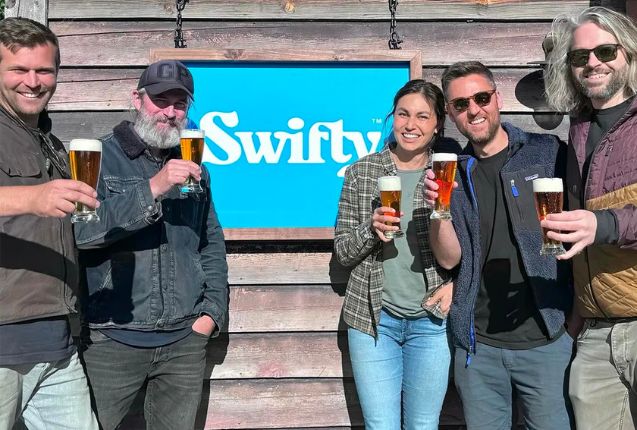By Owen Dance, Manager Quality Services GS1 New Zealand and Dr Hans Maurer, Chair Technical Advisory Group United Fresh New Zealand Inc.
Imagine a world where retail items could be tracked and traced as precisely as pallets in a freight system, where the sale of individual items or batches of items could be recorded right down to the till where the sale was registered and the precise time of the transaction. The implications for sales data and analysis, food safety, traceability and recall would be huge. But is it possible?
Yes it is, thanks to the GS1 DataBar family of barcodes that have been quietly rolled out in North America, Europe and Asia ever since 2000, when Walmart was so delighted with results from pilots run that year that they declared the pilot to be an implementation and began requiring fresh produce suppliers to use DataBar thereafter. That’s why we’ve been seeing the novel little two—layer barcode on imported fruit labels for over a decade now. What we don’t know is that New Zealand pipfuit exports have been labelled with it for the last three seasons or more.
The simplest DataBar, the one we see on fruit labels contains only a GS1 number identifying the item. As such it is of limited use in traceability but it’s a boon to designers frustrated by the size of standard retail barcodes and in fresh produce where the standard barcodes won’t fit on the labels it’s a godsend. It eliminates misidentification of fruit and vegetables and keying errors at the checkout and improves category management by providing totally accurate sales data.
The more elaborate version, DataBar Expanded can do anything a carton or pallet barcode can do, conveying identification plus additional data such as batch, use-by date, weight or anything the retailer wants to know. This capability opens a whole new world to suppliers, retailers and customers. Products can be tracked by batch or even individually if serial numbers are used right from origin to the final sale. Supply chains can be made totally transparent and recalls or withdrawals can be managed with unprecedented precision. Consumers enjoy the benefits of vastly improved category management ensuring fresher safer products.
DataBar Expanded has reversed one aspect of shoppers’ behaviour where it has been used on date-sensitive products. By setting their point-of-sale systems to grant automatic discounts to consumers buying products close to their best-before or use-by date retailers have prompted shoppers to seek out the oldest products rather than the newest. With the prospect of a discount to encourage them, customers realise that if they are planning to eat the product that evening anyway the exact use-by date is irrelevant so they rotate the stock for the retailer as they search for the oldest. If they happen to pick something that has actually expired the system warns them at the counter since the scanner can read the date and “knows” not to let the sale proceed.
How far away is DataBar? Not far. In Australia DataBar pilots are complete in the supermarket industry and a rollout is under way with the basic DataBar requested on stonefruit and apples. The implementation of DataBar Expanded is imminent. A growing number of New Zealand suppliers to Australian supermarkets are already being asked to provide DataBar on fruit labels.
Any scanner bought since around 2000 can scan DataBar either natively or with a minor tweak. The work required to implement is in the point of sale software which has to become capable of everything warehouse management software can do reading batches and so on. One major retailer here can scan it already and is making limited use of it until it becomes more widely used. When the DataBar tide reaches our shores they and their customers will be well placed to enjoy the benefits.
GS1 New Zealand is keen to encourage others to prepare but has found little enthusiasm among retailers for the effort of implementation when no one was using DataBar. Now, the day is nigh.



